The £30 million Dorset estate that comes with a 200-year-old mansion, a cricket ground, a nature reserve and an entire village
The Bridehead Estate in Dorset has come up for sale — and it's quite an astonishing opportunity. Penny Churchill takes a look.
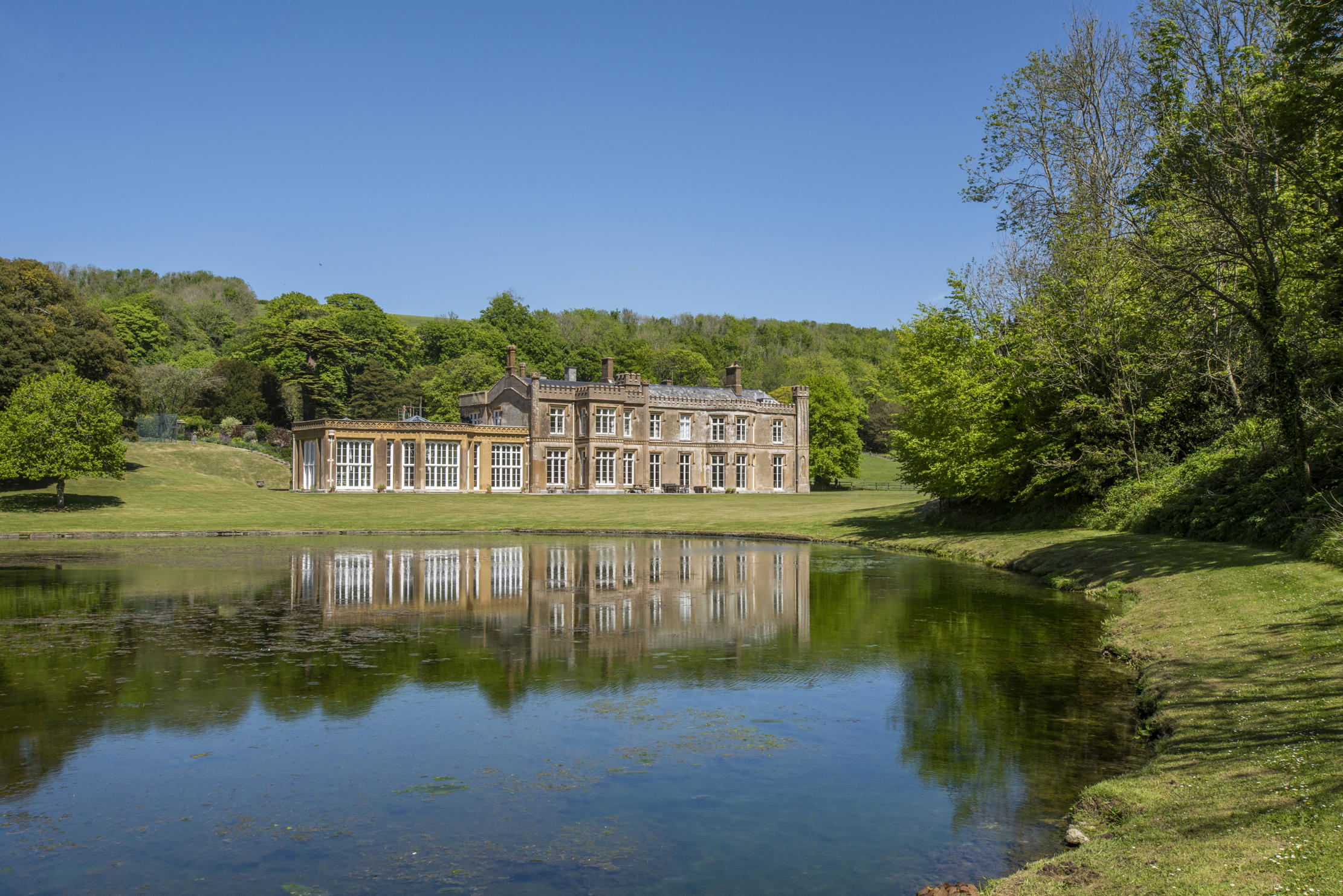
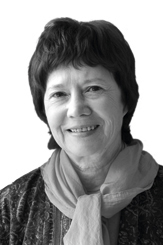
It’s extremely rare for an entire Dorset landed estate to find its way onto the open market, so it’s good to see the Bridehead Estate come up for sale. What’s even better is that this is a property with simply immense charm, with thousands of acres of land, dozens of properties, a nature reserve, and a Grade II*-listed mansion at its heart. The house — simply known as Bridehead — is a joyous home, full of surprises.
As well as the nine individually-named bedrooms and the usual country house staples (drawing room, library and so on) it comes with a prayer room, a flower room and even an ironing room. The wider estate, meanwhile, includes an entire village, and a cricket ground. In short, even the most hard-nosed of prospective purchasers will find much at Bridehead that appeals; David Hebditch of Carter Jonas in Taunton quotes a guide price of £30 million for the estate as a whole.
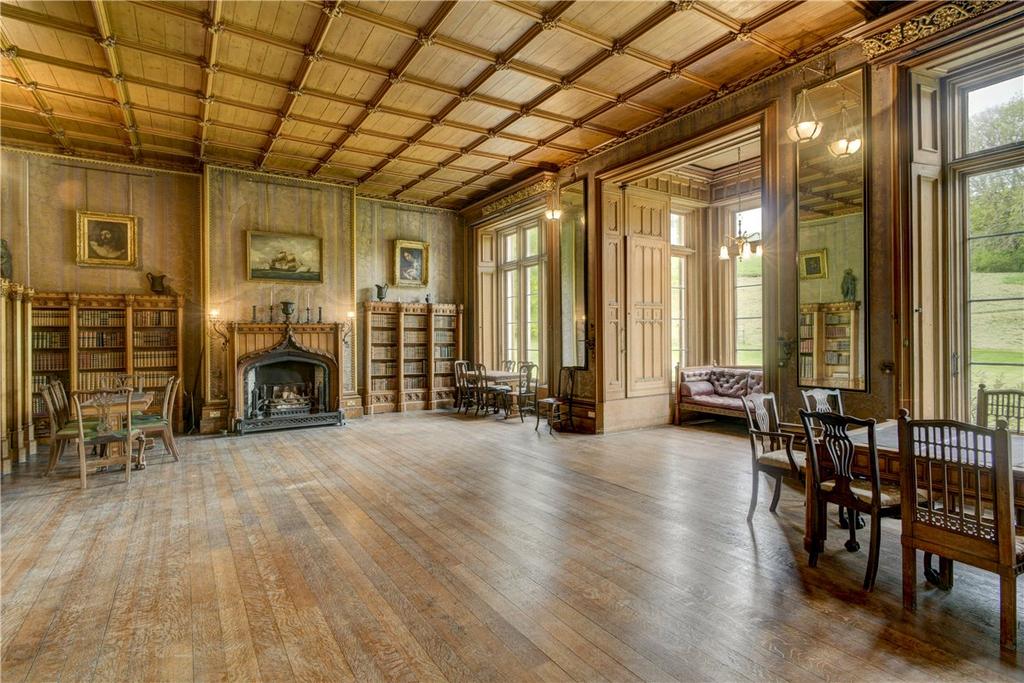
The present custodian of Bridehead, Sir Philip Williams, who took over the running of the estate in 1985, is the seventh generation of his family to live there and the latest to uphold the family’s long tradition of public service, both as a magistrate and as High Sheriff of the county in 2016.
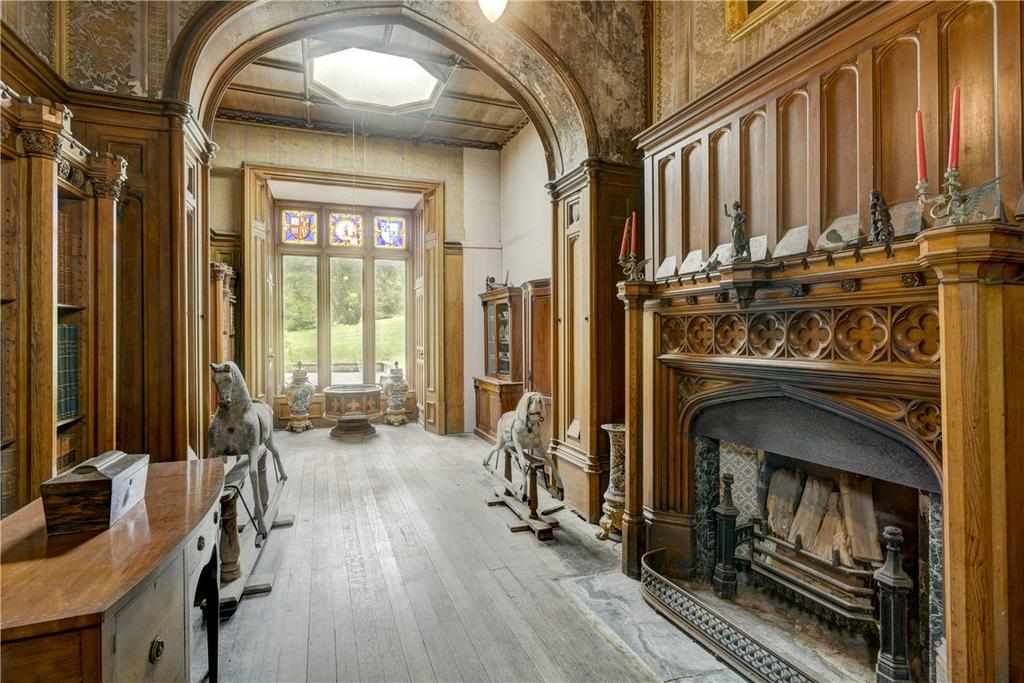
Now, after almost 40 years at the helm, Sir Philip has decided to sell the spectacular 2,047-acre property with its imposing, Grade II*-listed manor house, now in need of modernisation, which stands at the heart of a diverse residential, farming, sporting and conservation estate.
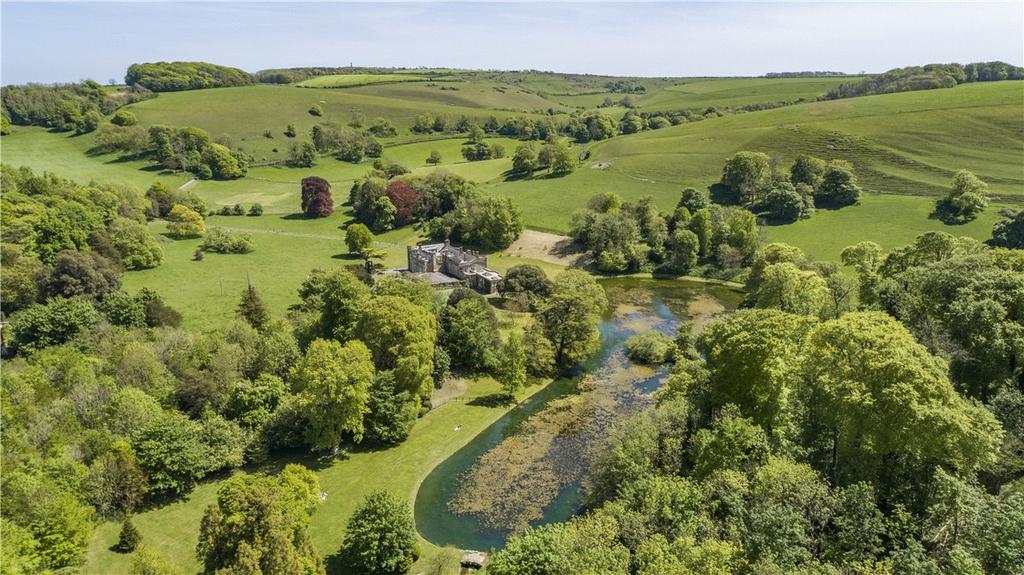
So what of those things which make this such an opportunity? Firstly, there is the estate’s enviable location within the lush west Dorset countryside, two miles from the small rural village of Winterbourne Abbas and seven miles north of Dorset’s famous Jurassic coastline.
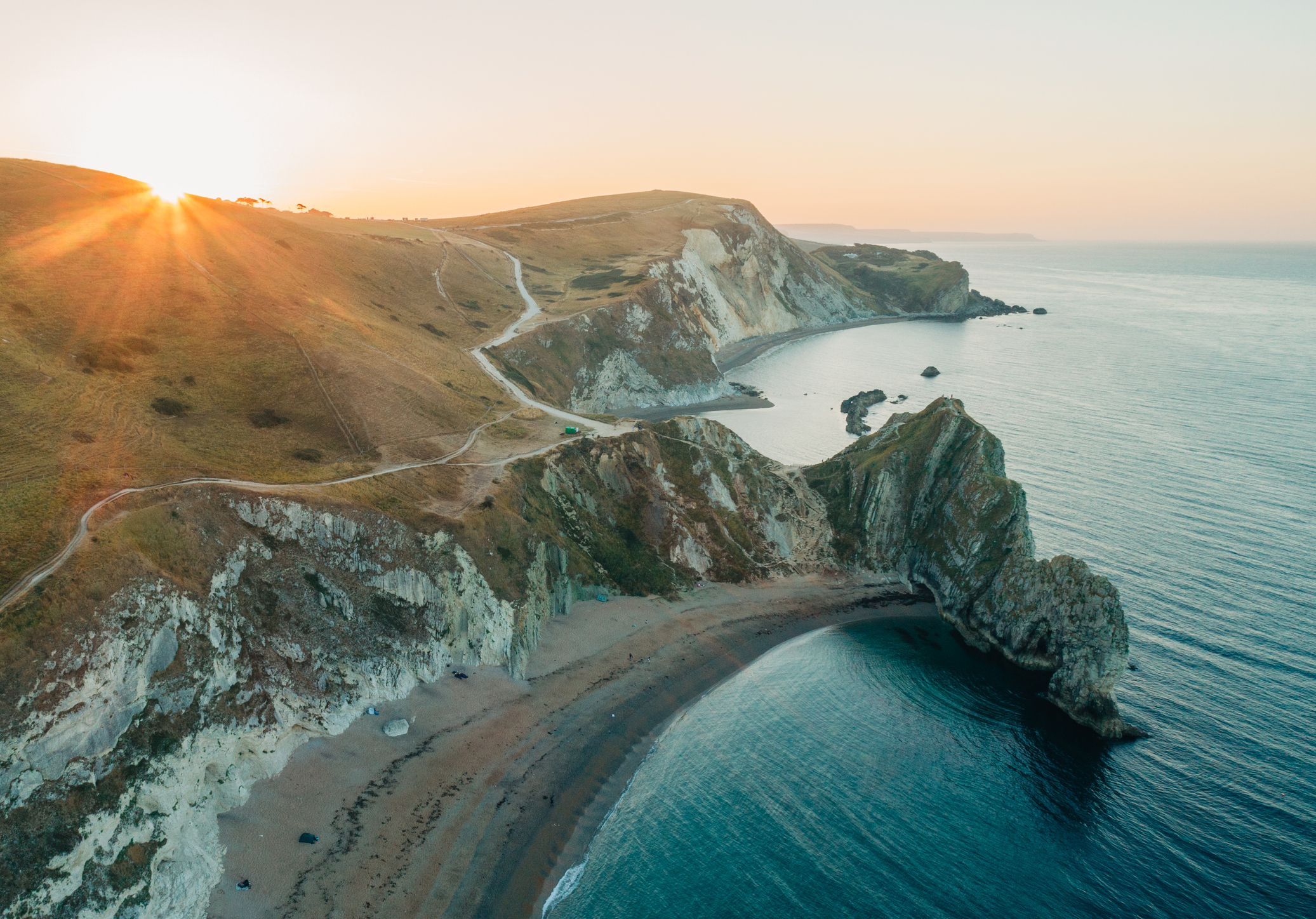
Secondly, the substantial property portfolio that includes not only the aforementioned 18,683sq ft Regency main house — currently set up with six reception rooms, a prayer room, office, nine principal bedrooms, four bathrooms, servants rooms and attics — but also the village of Littlebredy and various estate cottages, some 32 houses in all, most let on assured shorthold tenancies.
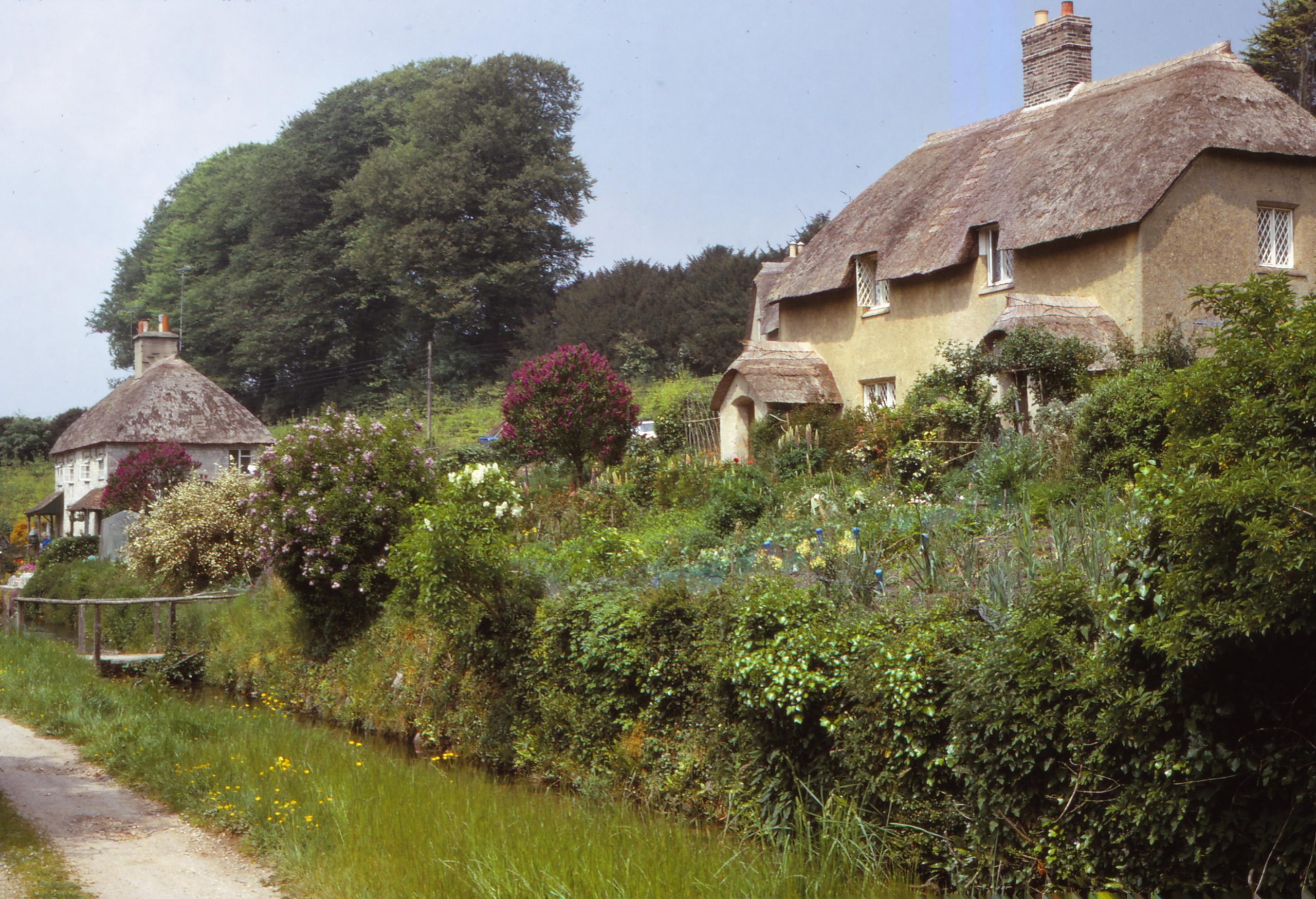
Thirdly, there is a portfolio of six farms and woodlands let on short-term farm business tenancies.
Sign up for the Country Life Newsletter
Exquisite houses, the beauty of Nature, and how to get the most from your life, straight to your inbox.
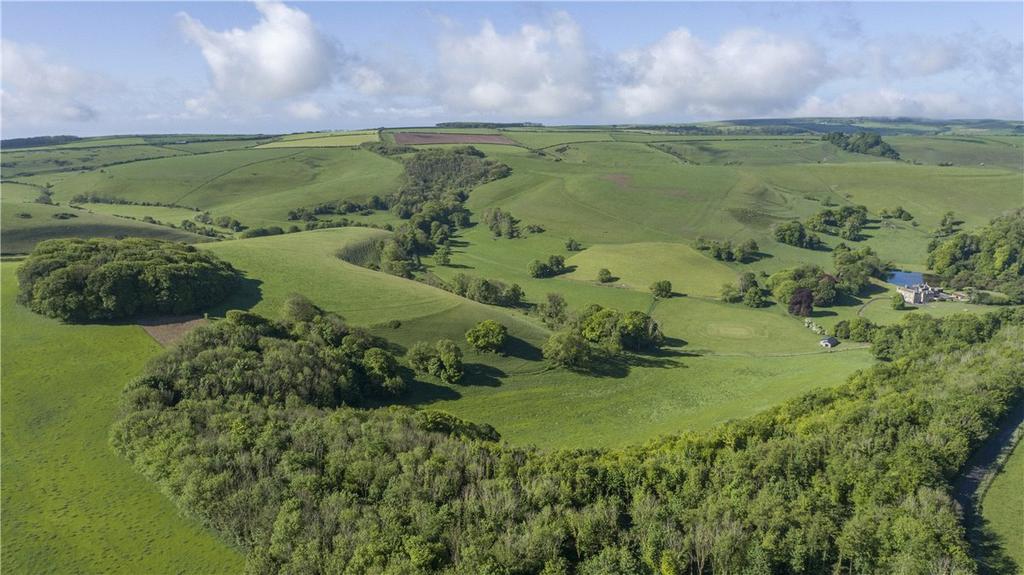
And fourthly, the sale includes a substantial area of mostly ancient woodland that has been managed by a professional forester for the past 12 years, with a view to establishing a sustainable yield of timber within a robust habitat with sporting potential.
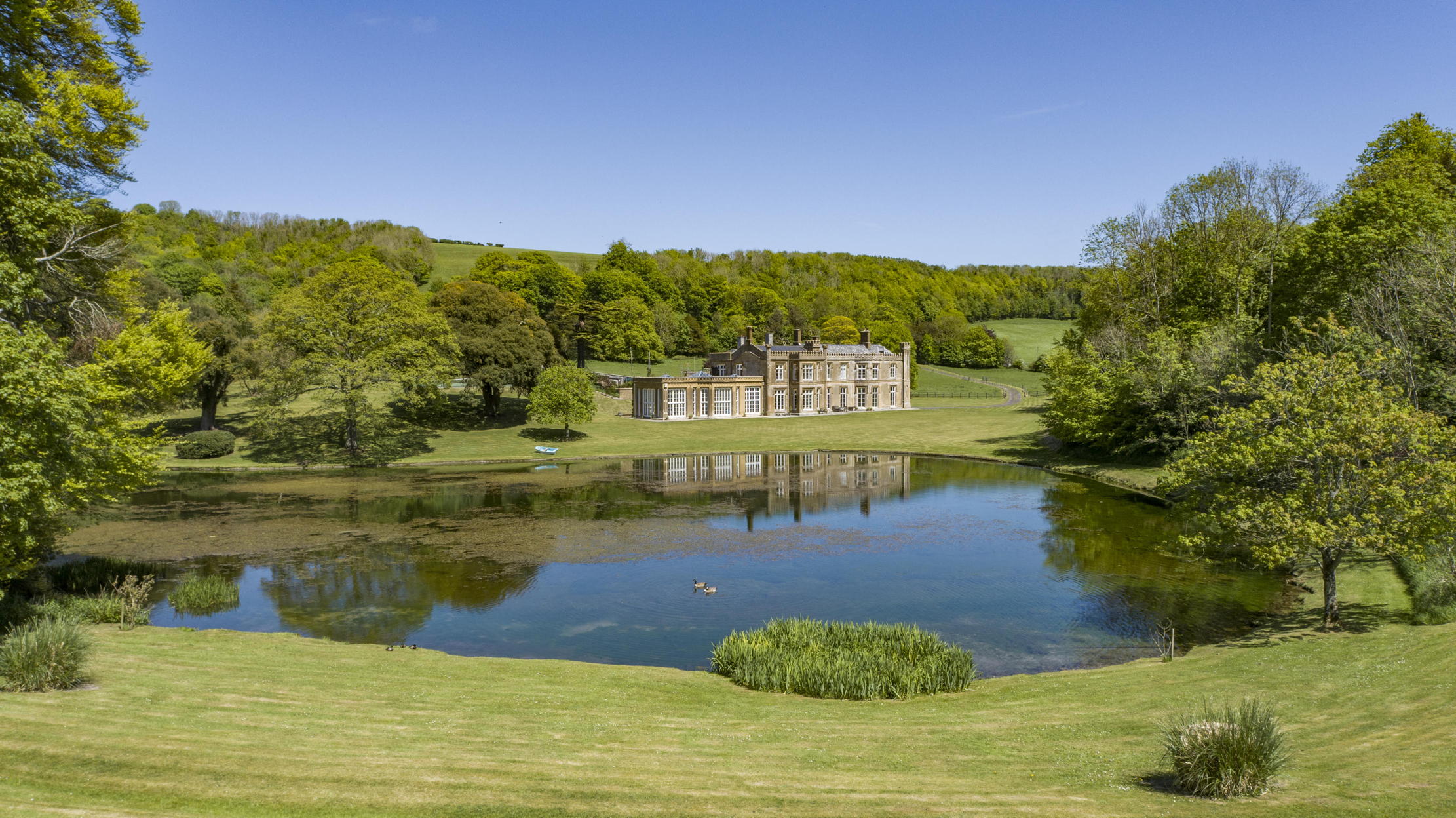
Even the history of the place is enticing. Bridehead’s story begins in the late 1700s, Robert Williams, described in his History of Parliament entry as ‘a self-made man [who] became a leading London banker and a director of the East India Company’, purchased estates at Littlebredy, Dorset, and Moor Park, Hertfordshire, and, in 1807, secured himself a seat in Parliament as MP for Dorchester.
The Littlebredy lands, listed as ‘Brydian’ in the Domesday survey, were owned by Cerne Abbey until the Dissolution and by the Mellor family in the 18th century. They were absentee landlords and neglected the estate, especially the manor house, which was in a state of disrepair when Williams acquired it in 1797.
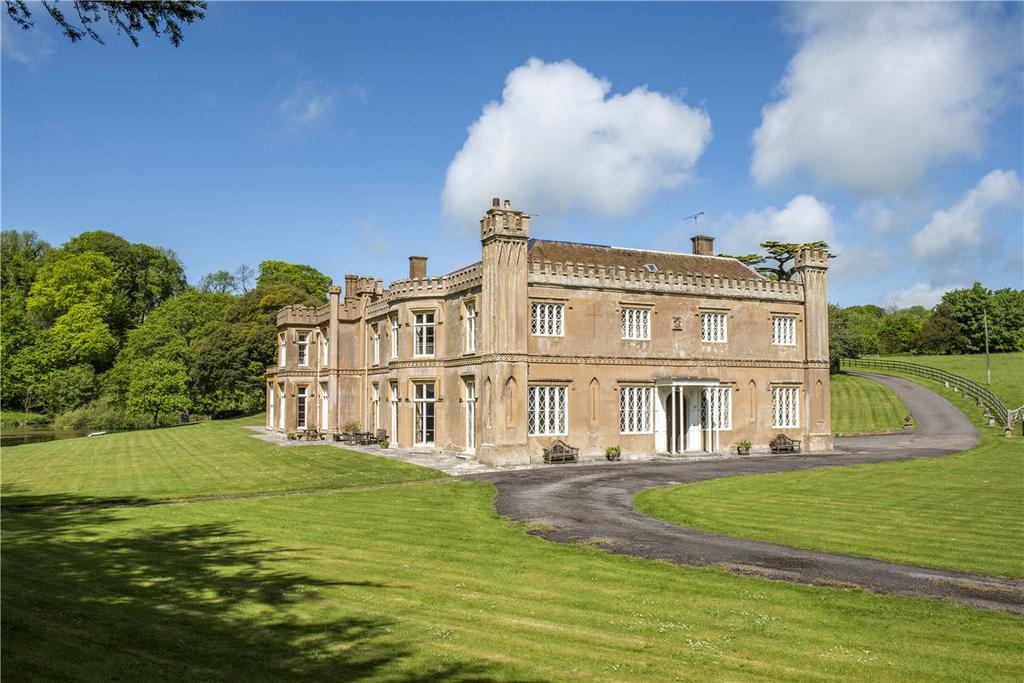
At this time, his main estate was Moor Park and building activities at Littlebredy were limited at first, although he visited frequently and, having selected a site around the source of the River Bride as the location for his new manor house, which he named Bridehead, he began to plan, plant, landscape and build.
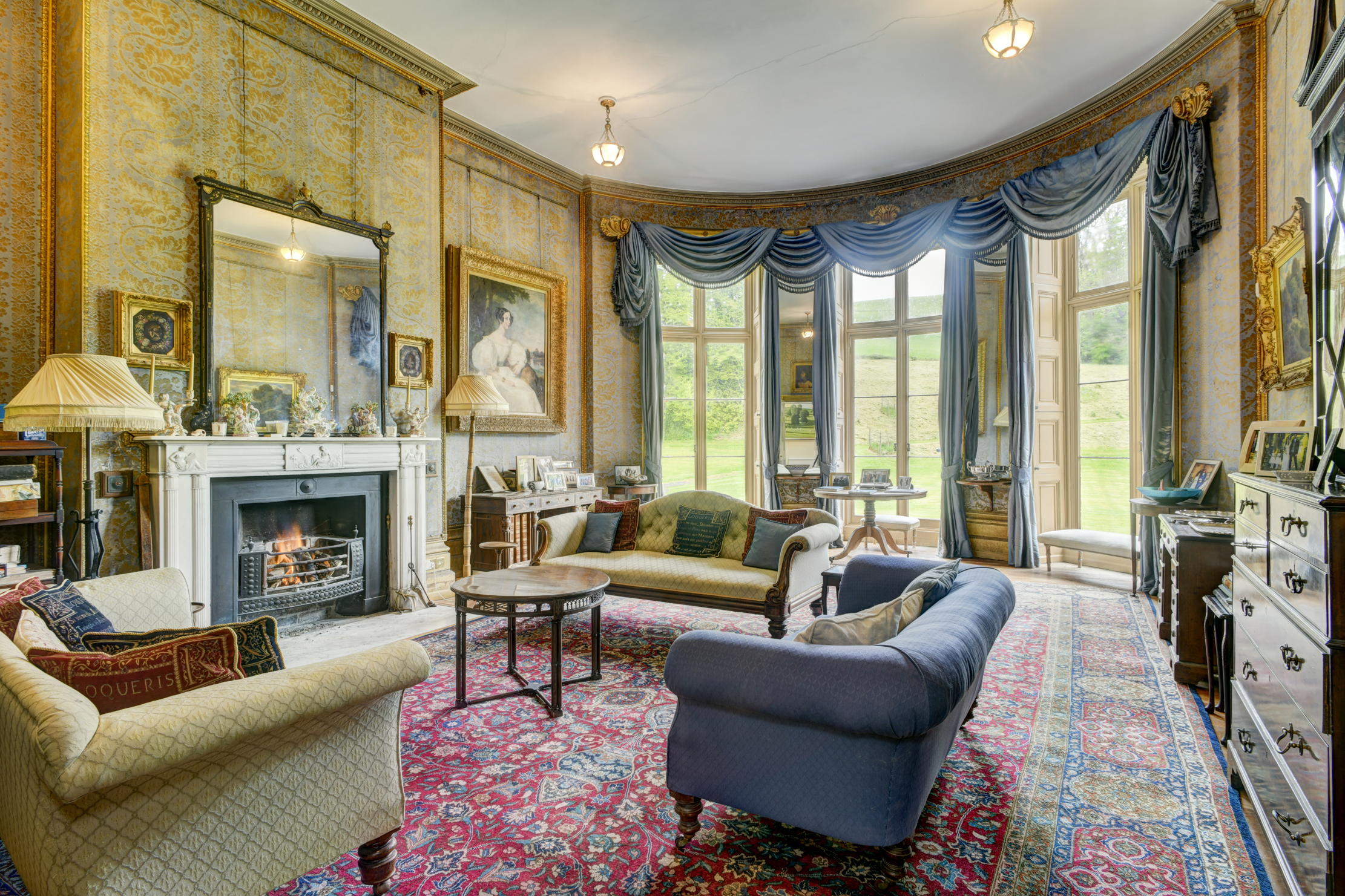
When Williams died in 1814, his estates and much of his personal fortune were inherited by his elder son, another Robert, who also became senior partner in the family bank, Williams, Son, Moffat and Burgess, later Williams Deacon & Co, which was hit by a financial crisis in late 1825.
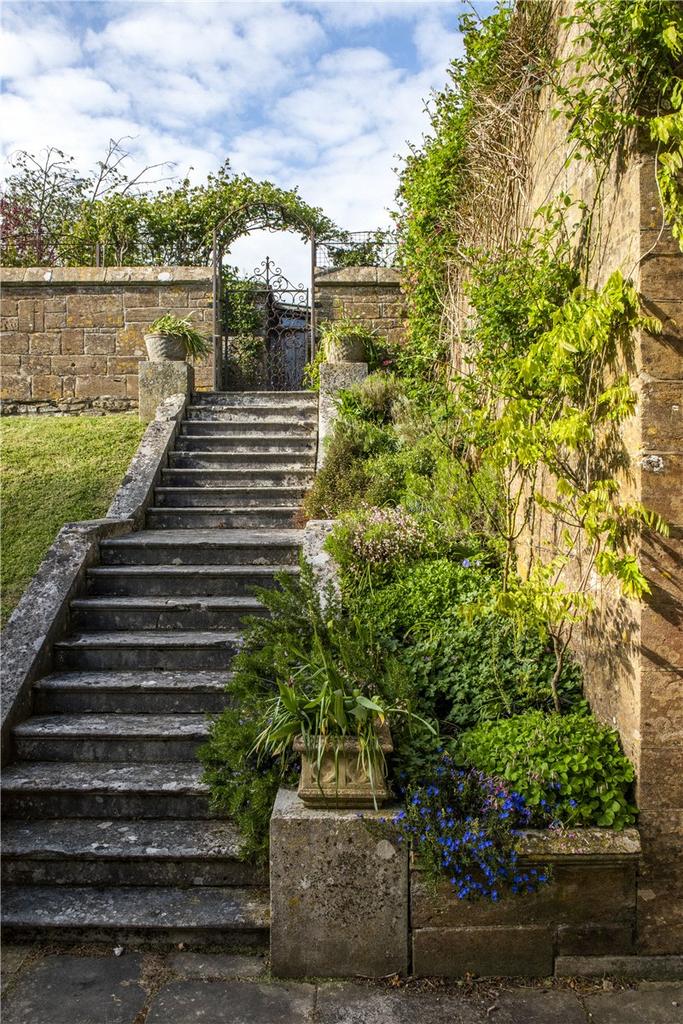
Having decided to sell Moor Park, he wrote from Bridehead to the then home secretary Sir Robert Peel: ‘I find a great inconvenience in having two large places in the country, without time to be as much at either as I should so wish, and have therefore thought of parting with one. This is my native county, and a favourite residence to myself and family, and having lately added much to its extent by a large purchase and opportunity occurring of more, I have made up my mind to sell Moor Park and its appendages…’ In the event, Peel declined the purchase and Moor Park was sold a short time later to Lord Grosvenor.
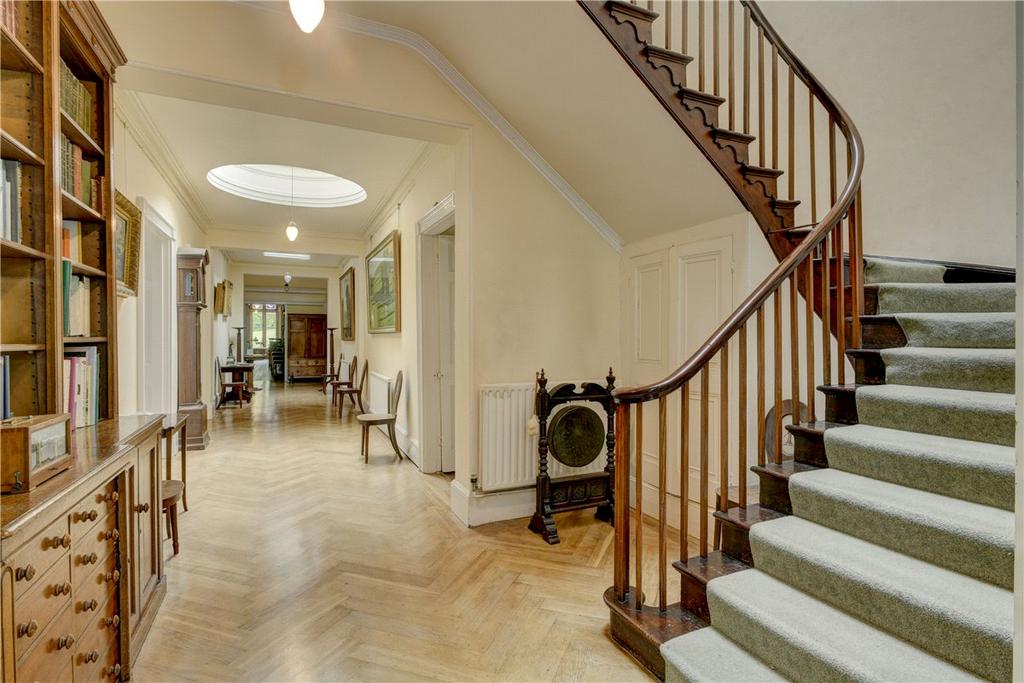
With Bridehead confirmed as the family seat, Williams Jnr commissioned the eminent architect Peter Frederick Robinson to work on the estate between 1830 and 1833, during which time he rebuilt the manor house and designed both the entrance lodge to the park and several cottages in the model village of Littlebredy.
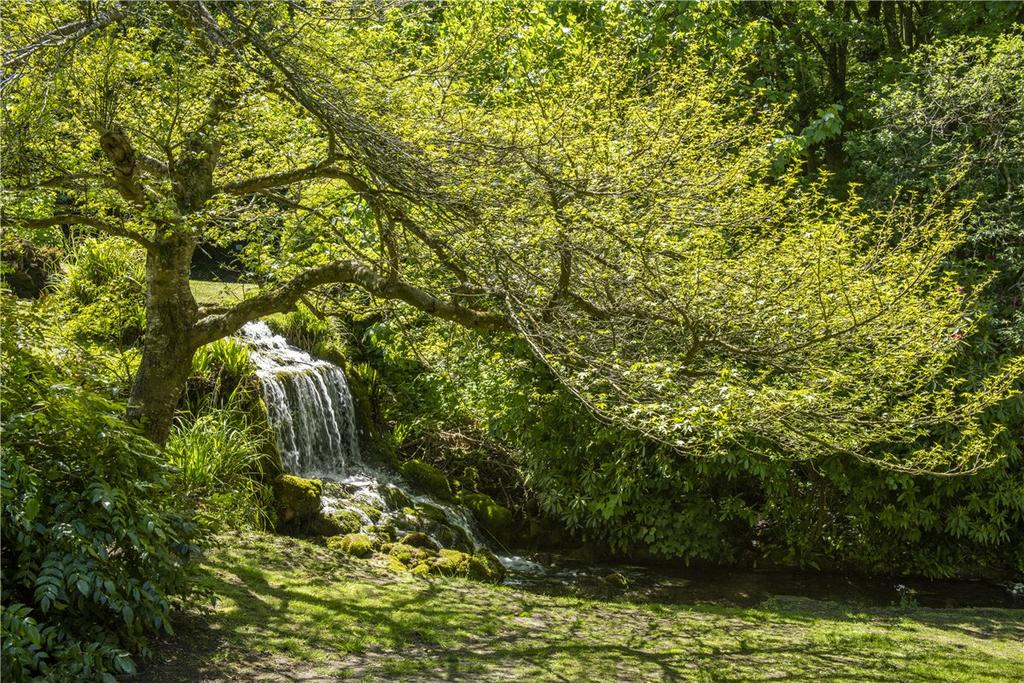
In 1838, a new stable block in the Gothic style was built to designs by architect Benjamin Ferrey, who later extended the house and rebuilt the village church and various cottages.
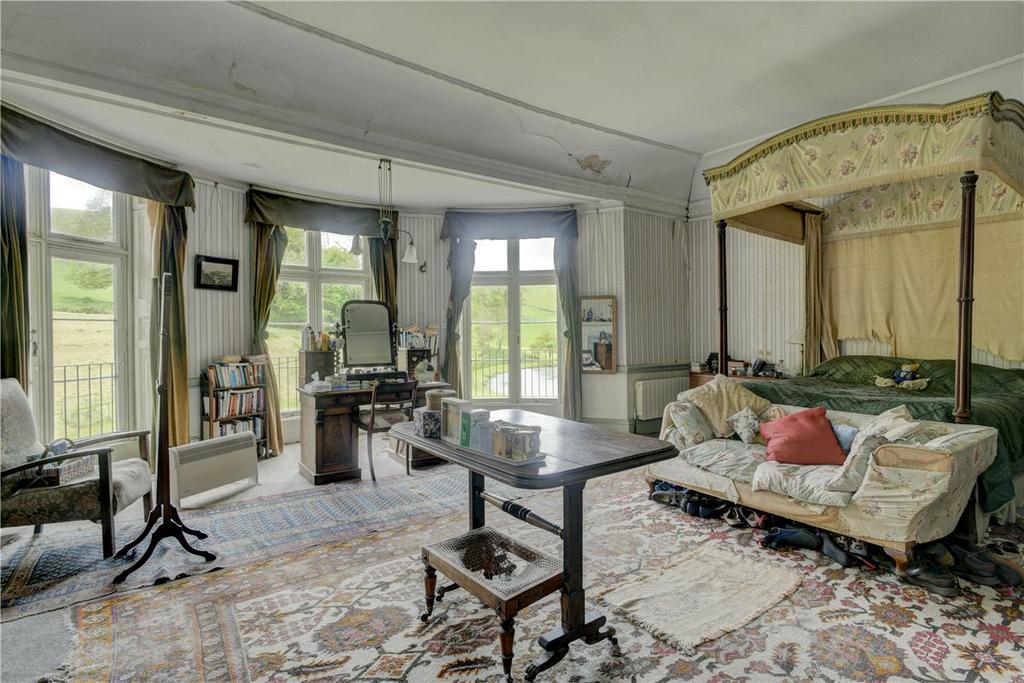
According to its Historic England listing, the landscape of Bridehead and Littlebredy, including the early-18th-century park and garden incorporating the ornamental estate village created by Robinson and extended by Ferrey, was completed by 1842.
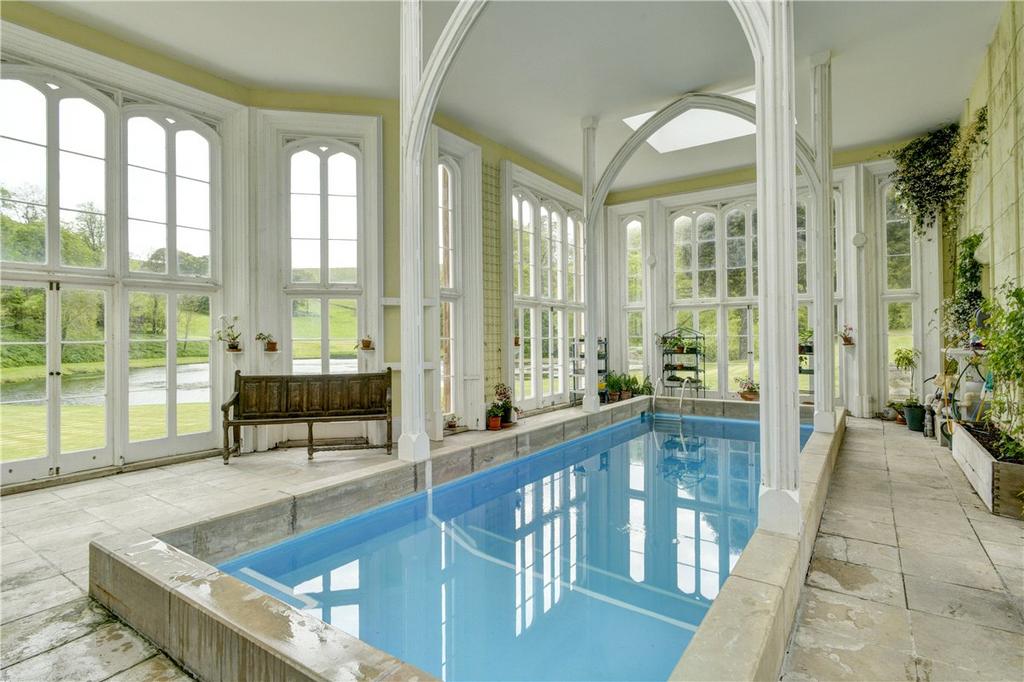
The picturesque cricket ground was created in the park in 1900. In about 1850, the house was extended westwards, with the addition of the south-facing library, billiards room and conservatory (now a swimming pool), but has since remained largely unchanged.
The Bridehead Estate is for sale at £30 million via Carter Jonas — see more pictures and details.
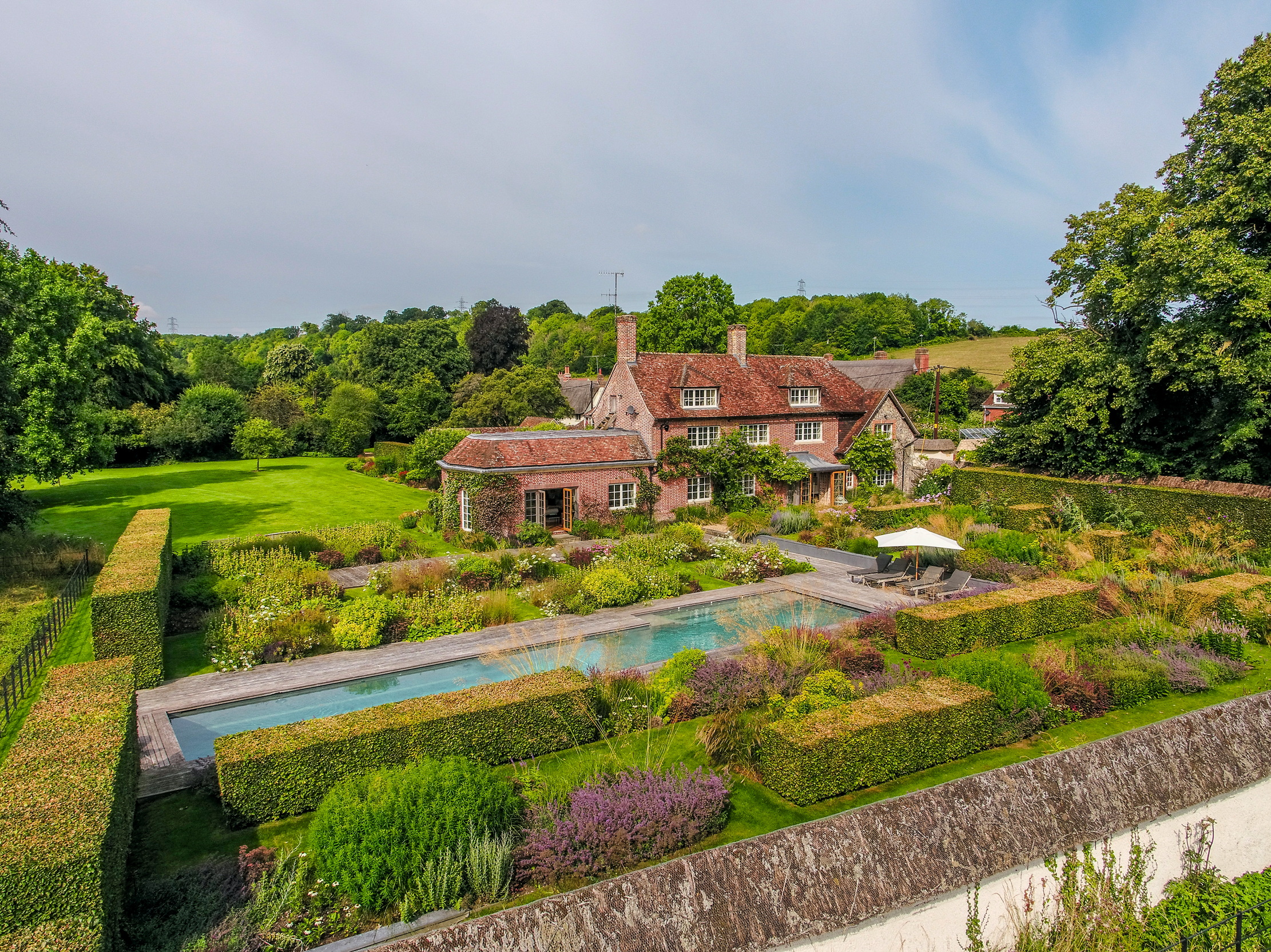
Credit: Strutt and Parker
Best country houses for sale this week
An irresistible West Country cottage and a magnificent Cumbrian country house make our pick of the finest country houses for
-
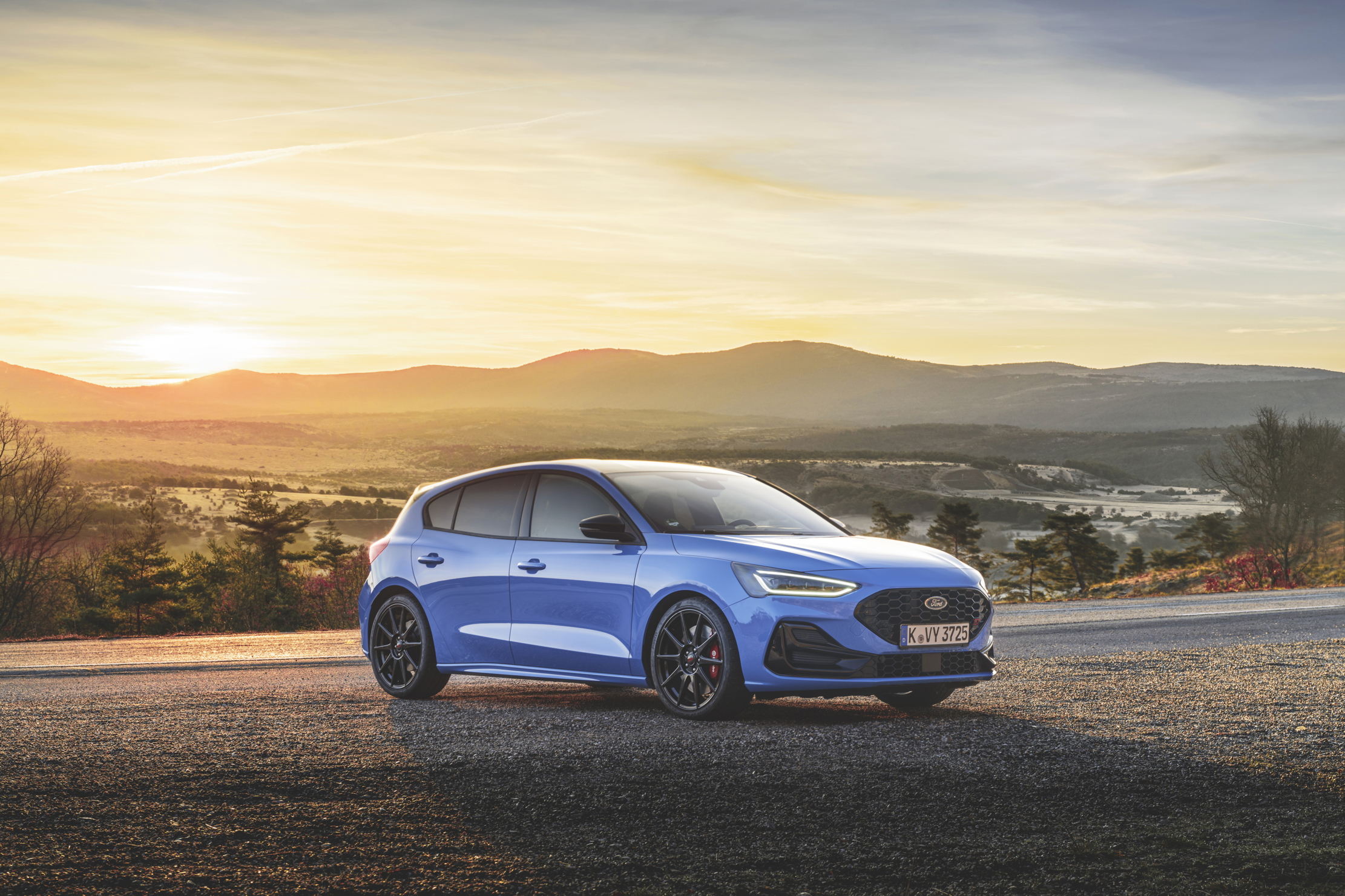 Ford Focus ST: So long, and thanks for all the fun
Ford Focus ST: So long, and thanks for all the funFrom November, the Ford Focus will be no more. We say goodbye to the ultimate boy racer.
By Matthew MacConnell Published
-
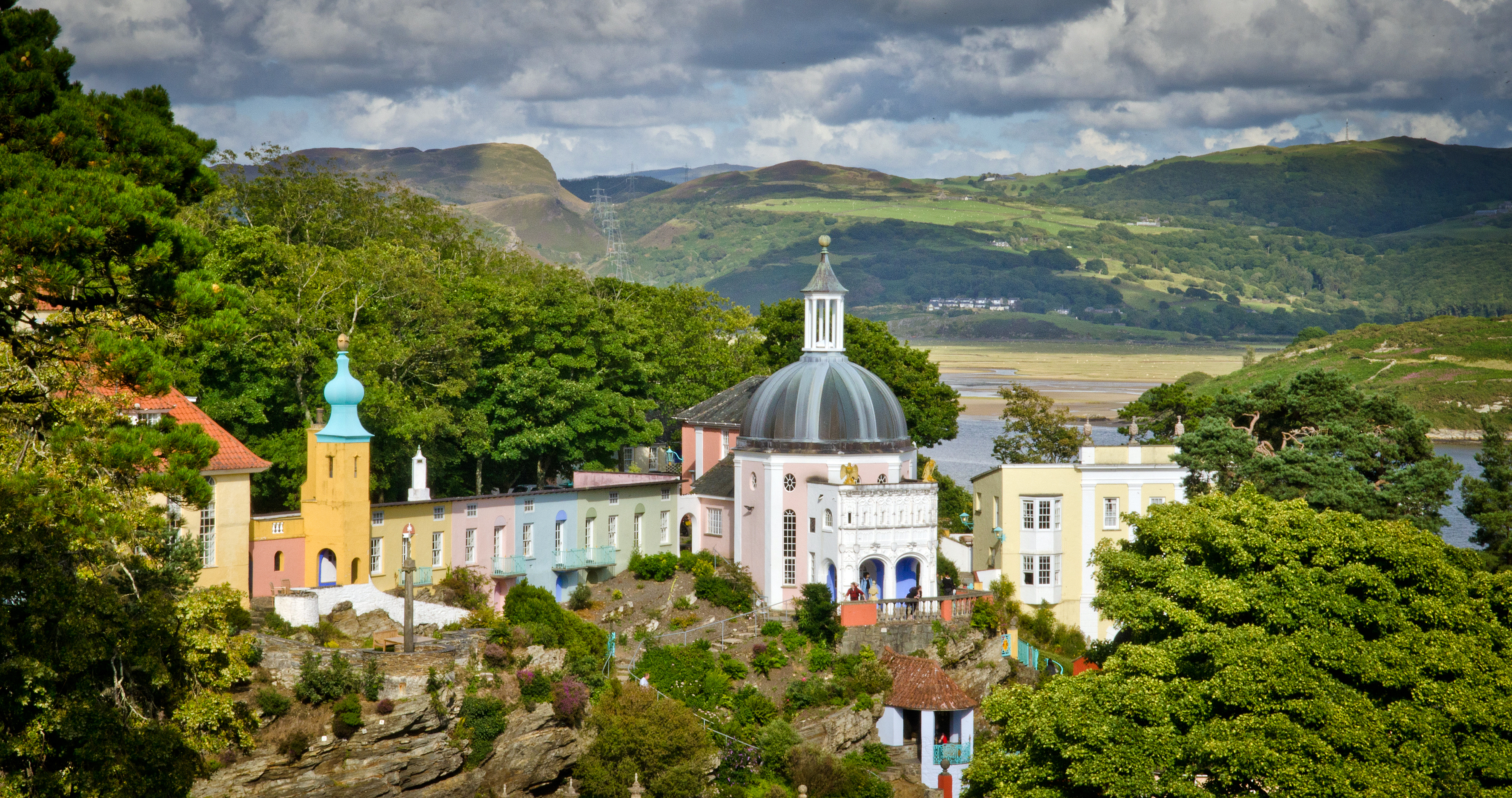 ‘If Portmeirion began life as an oddity, it has evolved into something of a phenomenon’: Celebrating a century of Britain’s most eccentric village
‘If Portmeirion began life as an oddity, it has evolved into something of a phenomenon’: Celebrating a century of Britain’s most eccentric villageA romantic experiment surrounded by the natural majesty of North Wales, Portmeirion began life as an oddity, but has evolved into an architectural phenomenon kept alive by dedication.
By Ben Lerwill Published
-
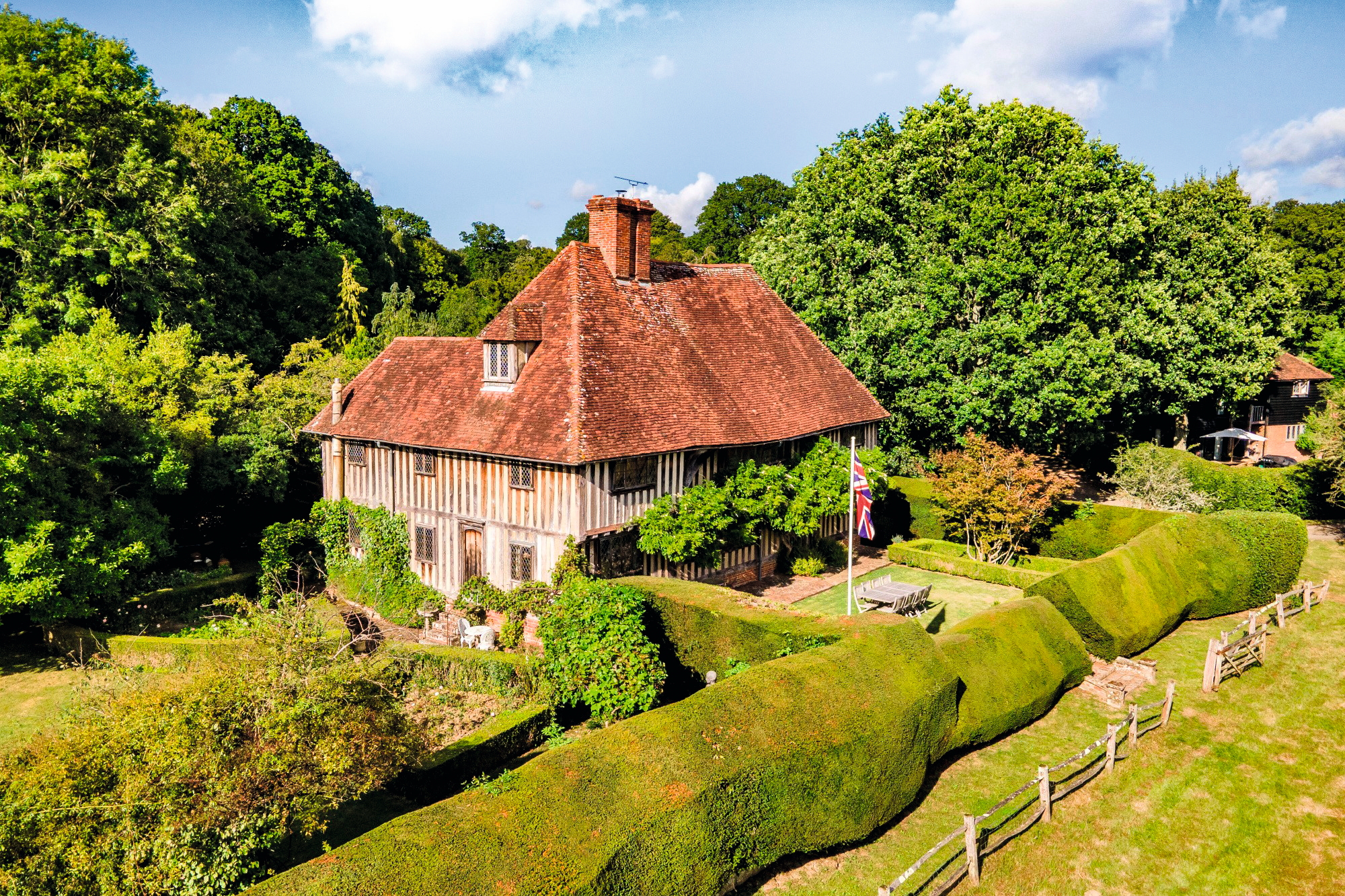 A mini estate in Kent that's so lovely it once featured in Simon Schama's 'History of Britain'
A mini estate in Kent that's so lovely it once featured in Simon Schama's 'History of Britain'The Paper Mill estate is a picture-postcard in the Garden of England.
By Penny Churchill Published
-
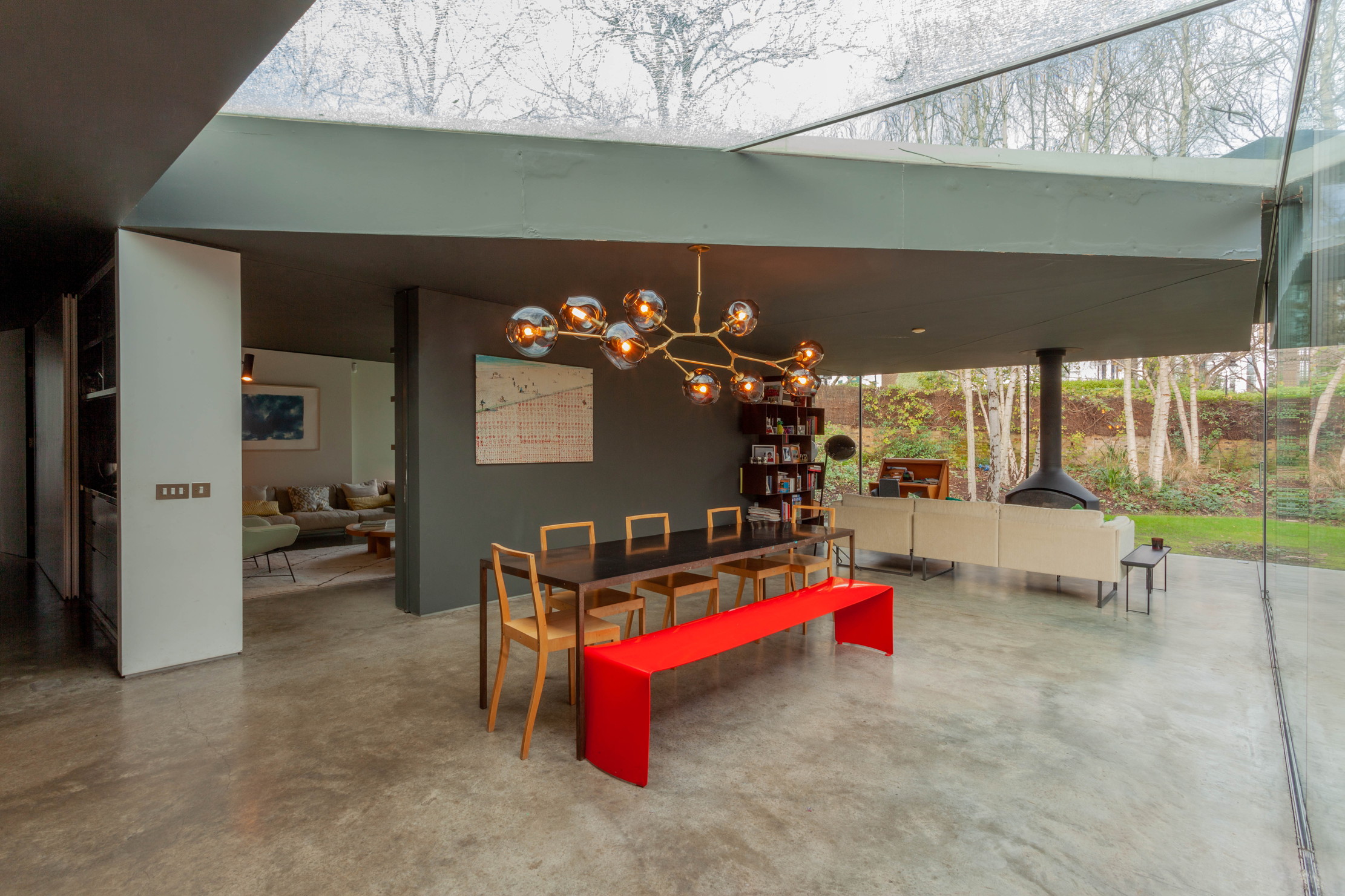 Hidden excellence in a £7.5 million north London home
Hidden excellence in a £7.5 million north London homeBehind the traditional façades of Provost Road, you will find something very special.
By James Fisher Published
-
 Sip tea and laugh at your neighbours in this seaside Norfolk home with a watchtower
Sip tea and laugh at your neighbours in this seaside Norfolk home with a watchtowerOn Cliff Hill in Gorleston, one home is taller than all the others. It could be yours.
By James Fisher Published
-
 A Grecian masterpiece that might be one of the nation's finest homes comes up for sale in Kent
A Grecian masterpiece that might be one of the nation's finest homes comes up for sale in KentGrade I-listed Holwood House sits in 40 acres of private parkland just 15 miles from central London. It is spectacular.
By Penny Churchill Published
-
 Some of the finest landscapes in the North of England with a 12-bedroom home attached
Some of the finest landscapes in the North of England with a 12-bedroom home attachedUpper House in Derbyshire shows why the Kinder landscape was worth fighting for.
By James Fisher Published
-
 Could Gruber's Antiques from Paddington 2 be your new Notting Hill home?
Could Gruber's Antiques from Paddington 2 be your new Notting Hill home?It was the home of Mr Gruber and his antiques in the film, but in the real world, Alice's Antiques could be yours.
By James Fisher Published
-
 What should 1.5 million new homes look like?
What should 1.5 million new homes look like?The King's recent visit to Nansledan with the Prime Minister gives us a clue as to Labour's plans, but what are the benefits of traditional architecture? And can they solve a housing crisis?
By Lucy Denton Published
-
 Welcome to the modern party barn, where disco balls are 'non-negotiable'
Welcome to the modern party barn, where disco balls are 'non-negotiable'A party barn is the ultimate good-time utopia, devoid of the toil of a home gym or the practicalities of a home office. Modern efforts are a world away from the draughty, hay-bales-and-a-hi-fi set-up of yesteryear.
By Madeleine Silver Published
